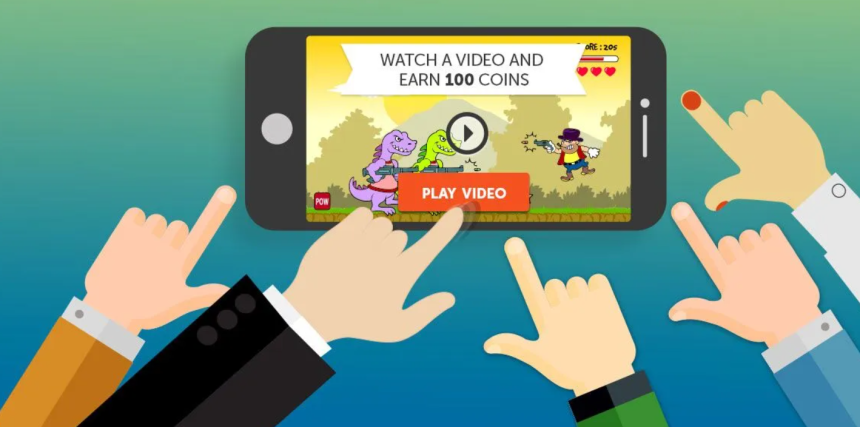Mobile games have evolved into a nexus of entertainment, technology, and business. While ads play a pivotal role in supporting the ‘free-to-play’ mantra, the looming shadow of ad saturation can’t be ignored. For developers, marketers, and even players, understanding the dynamics of ads in mobile games is critical.
The Double-Edged Sword of Mobile Ads
Ads have long been the lifeblood of mobile game monetization. They allow millions to indulge in gaming without ever spending a dime. But there’s a catch. Too many ads can transform a pleasant gaming break into a frustrating experience, akin to being stuck in a room with a very chatty parrot. There’s a balance to strike, and finding it is crucial.
Ad Fatigue vs. Ad Saturation
Now, before we dig deeper, let’s distinguish between two closely related terms. Ad fatigue is when players, over time, grow indifferent to ads because they’ve seen them too often. Their eyes glaze over, and the ad’s impact dwindles. On the other hand, ad saturation happens when the sheer volume of ads overwhelms players. It’s not about repetition; it’s about excess. And, trust me, there’s a fine line between the two.
Signs You Might Be Approaching Ad Saturation
Imagine enjoying your favorite track, only for it to be interrupted every 10 seconds by a jingle. Annoying, right? In the gaming world, the symptoms of ad saturation are clear:
- Decreasing CTR – If fewer players are clicking on ads, it might be a sign they’re seeing too many.
- Increased Churn Rates – Players might abandon the game if bombarded with ads, resulting in higher churn rates.
- Dipping eCPM Values – A declining eCPM might indicate that the ads aren’t as valuable or engaging, possibly due to saturation.
Striking the Balance – Best Practices for Mobile Game Ads
Here’s the million-dollar question: How do you monetize without overdoing ads? It’s a jigsaw puzzle, but with the right pieces, the image becomes clear:
- Player Segmentation – Not all players are the same. Segment them based on behavior and preferences, offering ads that resonate.
- Rewarded Video Ads – Give players control. Offer rewards for watching ads, ensuring it’s a choice, not a compulsion.
- Frequency Capping – Limit the number of times a player sees an ad. This prevents both fatigue and saturation.
- Feedback is Gold – Players talk. Listen to their feedback, reviews, and adjust your ad strategy accordingly.
Are There Types of Ads That Are Less Likely To Contribute to Saturation?
Absolutely. Some ad formats, when integrated thoughtfully, can reduce the risk of contributing to saturation. A popular format is rewarded video ads, where players opt to watch a video advertisement in exchange for in-game rewards or bonuses. Since these ads are voluntary, they are often viewed more favorably and don’t interrupt the gaming experience.
Similarly, native ads blend seamlessly into the game environment, making them less intrusive. They might appear as in-game billboards or branded content.
Success Stories – Games That Got It Right
Learning from the best can offer clarity. Games like “Subway Surfers” and “Helix Jump” have mastered the art of ad integration. They provide opt-in rewarded ads, ensuring players engage with ads willingly. Another notable mention? “Clash Royale,” with its strategic placement of ads, offering benefits without becoming intrusive.
The Future of Ads in Mobile Games
Looking ahead, the canvas of mobile game ads is vast and vibrant. With AR, VR, and AI knocking on the door, personalization will become paramount. The aim? Tailor the ad experience to individual preferences. Moreover, as player demographics evolve, so will ad strategies. It’s a dance of innovation and intuition, with mobile game monetization at its heart.
Conclusion
The myth of ad saturation, while complex, isn’t insurmountable. By embracing a player-centric approach, understanding their needs, and innovating continuously, developers can craft experiences that captivate and monetize harmoniously. As the saying goes, it’s not about the quantity but the quality.
I hope this article offers a thorough yet engaging insight into the world of ads in mobile games, addressing both its challenges and opportunities.














